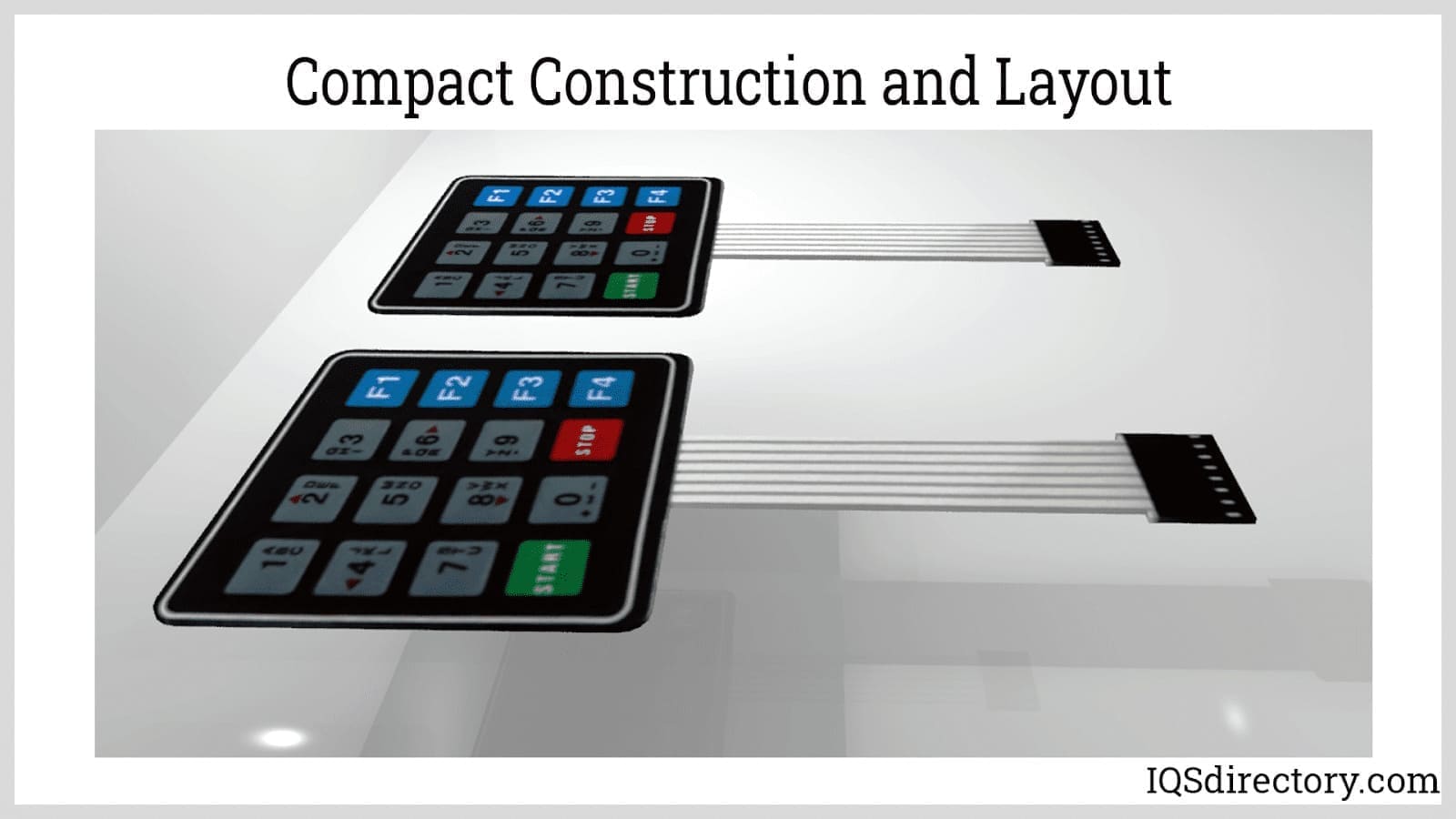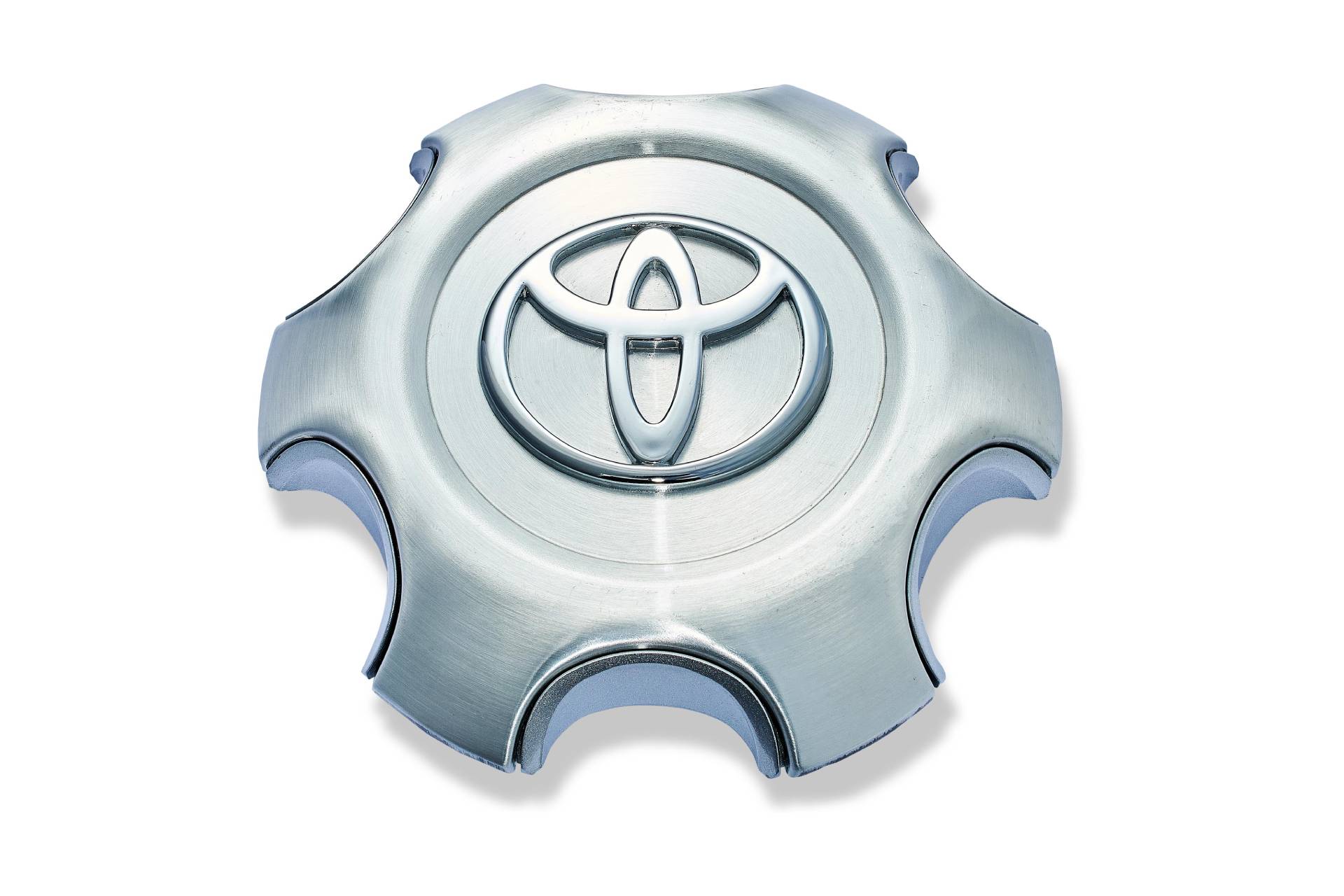The benefits of using membrane switch in high-touch applications
The Production Refine Behind Membrane Layer Switch Over: What You Required to Know
The manufacturing process behind membrane layer changes combines mindful style, material choice, and high quality control. It begins with comprehending the complexities of membrane layer button style and progresses via different phases, consisting of material choices and printing methods. Each stage plays a vital duty in guaranteeing performance and resilience. Nonetheless, the intricacies of layer construction and the strenuous testing requirements might reveal insights that are not right away noticeable. What exists beyond these fundamental elements?
Recognizing Membrane Change Style
Membrane buttons might show up easy at first glance, their design entails intricate considerations that guarantee capability and durability. The style procedure begins with a detailed understanding of user demands, consisting of the interface's designated application and environmental factors. Ergonomics is a crucial element, as the format needs to assist in ease of use while making certain that tactile responses fulfills user expectations.Moreover, the layering of components, such as graphic overlays, glue layers, and conductive traces, need to be precisely crafted. membrane switch. This layered configuration not only affects the button's responsiveness but likewise affects its longevity. Attention is provided to the securing strategies used to secure versus dampness and dust, which could jeopardize efficiency. Furthermore, design considerations reach appearances, where color design and aesthetic quality boost customer experience. Inevitably, the layout of membrane layer switches equilibriums performance, customer experience, and resilience, ensuring that they meet the needs of numerous applications properly
Products Made Use Of in Membrane Layer Switch Over Production
When choosing products for membrane switch manufacturing, it is important to consider both performance and longevity. The primary materials include polyester and polycarbonate movies, which supply flexibility and toughness. These films are commonly coated with sticky to assure appropriate bonding to substratums. Conductive inks, commonly made up of silver or carbon, are important for producing electric connections within the switch, permitting dependable operation.Additionally, a protective layer, such as a tough coat, is regularly used to boost scrape resistance and longevity. The option of backing material, such as acrylic or foam, can considerably impact the switch's responsive feeling and general user experience. In addition, numerous ecological factors, consisting of temperature and humidity, should lead product option to guarantee peak efficiency in certain applications. Eventually, the ideal mix of materials adds to the membrane button's capability and life expectancy, making informed options crucial for suppliers.
The Printing Refine: Creating Video and Text
The printing procedure in membrane switch production plays a considerable role in creating top quality graphics and message. Different visuals layout methods are utilized to assure aesthetic charm and capability, while careful ink selection methods are essential for toughness and efficiency. Comprehending these aspects is basic for achieving ideal outcomes in membrane switch layout.
Graphic Layout Techniques
Graphic style methods play an important duty in the printing process of membrane layer buttons, as they specify exactly how graphics and message will eventually show up on the final item. Reliable graphic layout entails the critical use of shades, font styles, and designs to enhance readability and aesthetic allure. Developers usually use vector graphics for scalability, making certain that photos stay sharp at various sizes. Furthermore, attention to comparison and placement is important, as it affects customer interaction and aesthetic top quality. The consolidation of branding elements, such as logo designs, should be handled with like keep brand stability. In general, thoughtful visuals layout strategies add considerably to the functionality and appearance of membrane switches, affecting customer experience and product performance.
Ink Option Methods
Choosing the proper ink is important for attaining the desired visual top quality and sturdiness in membrane layer button production. Different ink kinds are made use of, including solvent-based, water-based, and UV-curable inks. Each type uses distinctive features, such as attachment, flexibility, and resistance to ecological variables. Solvent-based inks are frequently favored for their resilience and dynamic colors, while water-based inks are much more eco-friendly but may have limitations in bond. UV-curable inks supply quick curing and robust performance. Furthermore, color matching methods ensure that the chosen inks align with design specifications. Inevitably, the option of ink need to think about elements such as application technique, substrate compatibility, and end-use needs to attain remarkable cause membrane button graphics and text.
Layer Building and Assembly

Material Choice Process
A cautious choice of products is essential in the production procedure of membrane switches, as it directly influences performance and toughness. The key products made use of consist of polyester, polycarbonate, and numerous conductive inks. Polyester is usually preferred for its excellent resistance to chemicals and abrasion, making it suitable for harsh environments. Polycarbonate, on the various other hand, provides premium right here quality and influence resistance, which is valuable for applications calling for presence and effectiveness. Conductive inks, commonly made up of silver or carbon, are crucial for producing reputable electrical pathways. In addition, the selection of sticky materials impacts the overall honesty of the button - membrane switch. Examining elements such as environmental direct exposure, responsive comments, and aesthetic needs guides producers in selecting the most effective products for their particular applications
Layer Adhesion Strategies
Adhering layers in membrane button construction is a vital procedure that ensures functionality and long life. Different adhesion strategies are employed to safeguard optimal bonding in between layers, which commonly include the use of adhesives, warm, and pressure. Pressure-sensitive adhesives (PSAs) are generally used for their convenience of application and instant bonding capabilities. Furthermore, thermal bonding techniques can be used, where heat is made use of to activate glue residential properties, securing a solid bond. The selection of bond approach mostly relies on the materials included and the specific application demands of the membrane layer switch. Appropriate placement and uniform application of adhesives are vital to avoid flaws, protecting the switch runs effectively throughout its intended life expectancy.
Quality Assurance Steps
Assuring top quality control throughout the click site layer construction and assembly of membrane layer buttons is vital for keeping efficiency and reliability. This process usually entails several vital procedures, consisting of comprehensive assessments at each phase of manufacturing. Manufacturers make use of advanced testing methods, such as peel tests and bond evaluations, to validate the honesty of layer bonds. In addition, visual inspections are carried out to recognize any kind of issues in printing or product inconsistencies. Environmental conditions, such as temperature level and moisture, are carefully monitored to guarantee ideal curing and adhesion. Routine calibration of tools assists maintain exact production standards. By carrying out these top quality control steps, producers can considerably decrease the risk of item failing, ensuring that the final membrane switches over satisfy the required specifications and consumer assumptions.
Evaluating and Quality Assurance Measures

Technologies in Membrane Switch Modern Technology
As improvements in technology proceed to progress, membrane buttons are taking advantage of cutting-edge advancements that enhance their capability and individual experience. One notable advancement is the integration of capacitive touch modern technology, which permits even more responsive and instinctive user interfaces. This change not only enhances aesthetic appeals but likewise reduces mechanical deterioration, extending the life expectancy of the switches.Additionally, advancements in graphic overlay products have caused improved toughness and resistance to ecological elements such as dampness and UV light. These materials now supply enhanced clearness and illumination, further raising the aesthetic appeal.Furthermore, the incorporation of wise modern technology is transforming membrane changes right into interactive control panels, allowing connection with IoT tools. This connectivity fosters a seamless customer experience, leading the way for applications in different markets, from medical care to consumer electronics. Collectively, these advancements placement membrane layer switches as crucial elements in contemporary tool layout.
Frequently Asked Questions
For how long Does the Membrane Change Production Refine Take?
The period of the membrane layer button production process can vary significantly. Aspects such as intricacy, products made use of, and manufacturing quantity impact timelines, index with typical manufacturing varying from a couple of days to several weeks for conclusion.
What Are the Common Applications for Membrane Layer Buttons?
Membrane layer buttons are frequently made use of in numerous sectors, including automobile controls, house home appliances, medical tools, and consumer electronics (membrane switch). Their versatility and longevity make them perfect for applications needing easy to use user interfaces and trusted performance in diverse environments
Can Membrane Layer Switches Over Be Custom-made for Certain Needs?

What Is the Life-span of a Common Membrane Layer Switch?
The life expectancy of a normal membrane layer button varies, however typically, it varies from 1 to 5 million cycles. Elements such as use, setting, and material top quality greatly influence longevity and general efficiency gradually.

Are Membrane Layer Switches Over Environmentally Friendly?
The ecological friendliness of membrane layer changes varies. Some materials made use of might not be recyclable, while others can be eco-friendly. The general influence relies on producing practices and materials, necessitating careful consideration throughout option and disposal. The manufacturing procedure behind membrane layer changes combines careful design, material choice, and quality control. It begins with recognizing the details of membrane button style and advances via different phases, including material selections and printing techniques. When selecting products for membrane button manufacturing, it is vital to consider both performance and toughness. A careful option of materials is essential in the production process of membrane layer buttons, as it directly affects performance and longevity. The choice of attachment method mostly depends on the materials involved and the particular application needs of the membrane layer button.